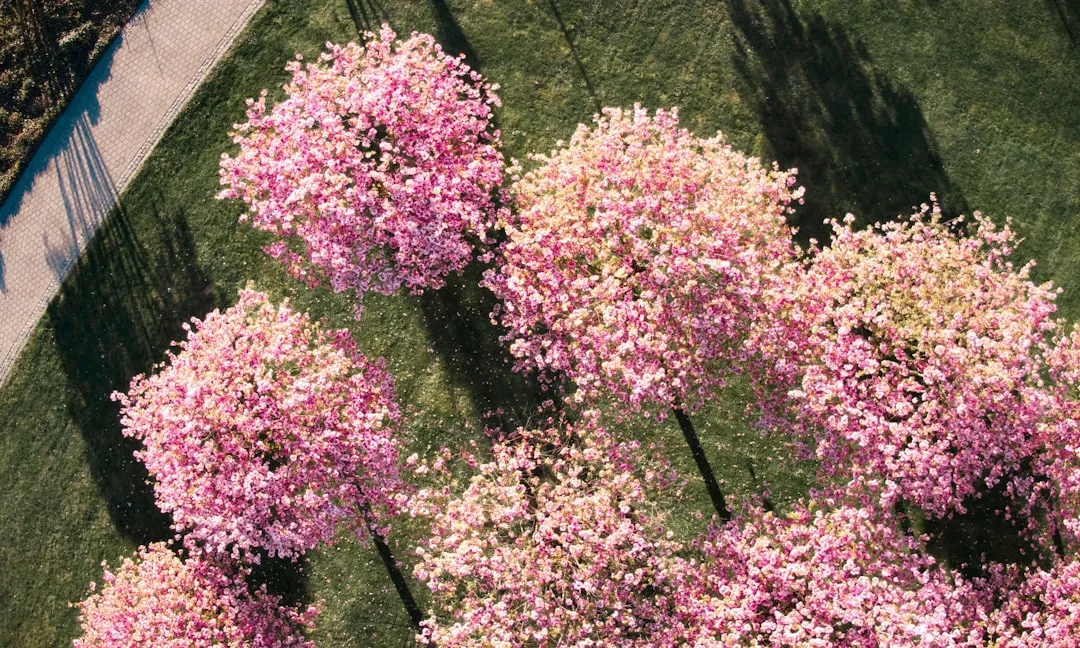Unleash the Potential of Your Yard with Smart Watering

When it comes to gardening, one of the fundamental aspects that can make or break the health and vitality of your plants is proper watering. Keeping your plants well - hydrated is not just a simple task; it's an art that requires knowledge and a bit of finesse. In this article, we'll explore some essential tips for garden watering that will help your plants thrive throughout the year.
First and foremost, understanding the water needs of different plants is crucial. Some plants, like succulents, have low water requirements. They are adapted to arid conditions and can store water in their leaves or stems. Over - watering succulents can lead to root rot, which is often fatal for these plants. On the other hand, plants such as ferns and hostas thrive in moist environments and need more frequent watering. Research the specific water needs of each plant in your garden to ensure you're providing the right amount of moisture.
The time of day when you water your garden also matters significantly. Watering in the early morning is ideal. During this time, the temperature is cooler, and the wind is usually calmer. This means that less water will be lost to evaporation, and the plants have plenty of time to absorb the moisture before the heat of the day sets in. Watering in the evening, while it may seem convenient, can actually promote the growth of fungi and diseases. The damp conditions overnight create a perfect breeding ground for these harmful organisms.
Another important factor is the method of watering. A soaker hose is an excellent tool for garden watering. It delivers water directly to the base of the plants, minimizing water waste through runoff and evaporation. Soaker hoses can be laid along the rows of plants or around the perimeter of flower beds. They are also gentle on the soil, preventing soil erosion that can occur with high - pressure sprinklers. If you prefer using a sprinkler, choose one with adjustable settings so you can control the spray pattern and intensity.
Proper soil preparation can also enhance the water - holding capacity of your garden. Adding organic matter, such as compost or well - rotted manure, to the soil can improve its structure. Organic matter acts like a sponge, absorbing and retaining water. It also provides essential nutrients to the plants, promoting healthy growth. Before planting, work the organic matter into the top few inches of soil. This will create a favorable environment for the roots to access water and nutrients easily.
Monitoring the soil moisture is an ongoing process. You can use a soil moisture meter to get an accurate reading of how wet or dry the soil is. Insert the probe of the meter into the soil at different locations in your garden. If the reading indicates that the soil is dry, it's time to water. However, don't rely solely on the meter. You can also perform a simple finger test. Stick your finger about two inches into the soil. If it feels dry at that depth, it's a sign that the plants need water.
Grouping plants with similar water needs together is a smart strategy. This way, you can water them all at the same time without over - or under - watering any particular plant. For example, group your drought - tolerant plants in one area and your moisture - loving plants in another. This makes it easier to manage your garden watering schedule and ensures that each plant gets the right amount of water.
In addition to regular watering, mulching is an effective way to conserve water in your garden. Apply a layer of mulch, such as wood chips, straw, or shredded leaves, around the base of your plants. Mulch helps to reduce evaporation by blocking the sun's rays from hitting the soil directly. It also suppresses weed growth, which can compete with your plants for water and nutrients. A layer of 2 - 3 inches of mulch is usually sufficient.
Finally, consider collecting rainwater. You can install a rain barrel at the end of your downspout to capture rainwater. Rainwater is free of chemicals and is often the best choice for watering your plants. It has a natural pH that is beneficial for plant growth. Use the collected rainwater to supplement your regular watering routine. This not only saves money on your water bill but also helps to conserve a precious natural resource.
By following these tips for garden watering, you can keep your plants healthy and growing all year long. Remember, a well - watered garden is a happy garden, and your plants will reward you with beautiful blooms and lush foliage.